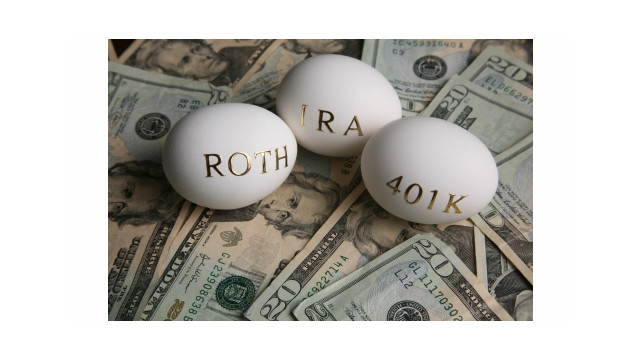Benefits
IRAs Are Better Than No Retirement Plan At All
Contributions are invested and can grow and compound within your account without any current tax until withdrawals are made. This is an easy type of retirement plan to set up and maintain.
Aug. 03, 2022

If you’re like most self employed individuals and other small business owners, virtually every dollar count. You may not have the bandwidth to make large retirement plan contributions on behalf of yourself and any other eligible employees—not right now. At the very least, however, you can still build up retirement savings in an IRA.
Basic contribution rules: You can contribute up to the lesser of 100% of compensation or $6,000 to an IRA in 2022. This amount is increased to $7,000 if you’re age 50 or older. The contribution limits are relatively small when compared to the generous limits of most qualified plans, but it’s still better than nothing.
Contributions are invested and can grow and compound within your account without any current tax until withdrawals are made. This is an easy type of retirement plan to set up and maintain.
There are two main types of IRAs to choose from: traditional IRAs and Roth IRAs.
1. Traditional IRAs: If your modified adjusted gross income (MAGI) exceeds an annual level AND you actively participate in an employer retirement plan, deductions for your contributions are phased out. The phase-out for 2022 occurs at an MAGI between $68,000 and $78,000 for single filers and between $109,000 and $129,000 for joint filers. If your spouse participates in an employer plan but you don’t, the phase-out range is between $204,000 and $214,000 of MAGI. Thus, some high-income individuals can’t deduct any part of their contributions.
When you receive traditional IRA distributions, you’re taxed at ordinary income rates on the portion representing deductible contributions and earnings. Furthermore, if you’re under age 59½ when you take a distribution, you’re hit with a 10% tax penalty on top of the regular tax, unless one of several exceptions applies.
2. Roth IRAs: Unlike a traditional IRA, you can never deduct contributions to a Roth, regardless of your MAGI. In addition, the ability to make full contributions to a Roth is phased out for 2022 for an MAGI between $129,000 and $144,000 for single filers and between $204,000 and $214,000 for joint filers.
However, qualified distributions from a Roth in existence at least five years are 100% tax-free. This includes distributions made (1) after age 59 ½, (2) due to death or disability or (3) used for qualified first-time homebuyer expenses (up to a lifetime limit of $10,000).
Other distributions are taxed at ordinary income rates under favorable “ordering rules” treating contributions as coming out first, then conversion and rollover amounts and finally earnings. Therefore, a healthy portion or a payout—or maybe all of it—still may be tax-free.
Due to the back-end benefits, you might convert funds in a traditional IRA to a Roth, paying tax in the year of conversion. But you can no longer “undo” a conversion. .
Finally, note that you can split your contribution between a traditional IRA and a Roth if it suits your purposes. For example if you’re age 55, you can contribute $3,500 to a traditional IRA and $3,500, or any make other allocation. Just don’t exceed the $7,000 limit ($6,000 if you’re under age 50).
